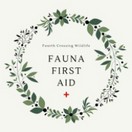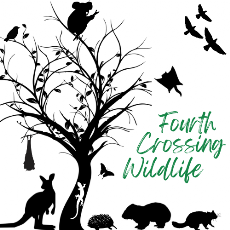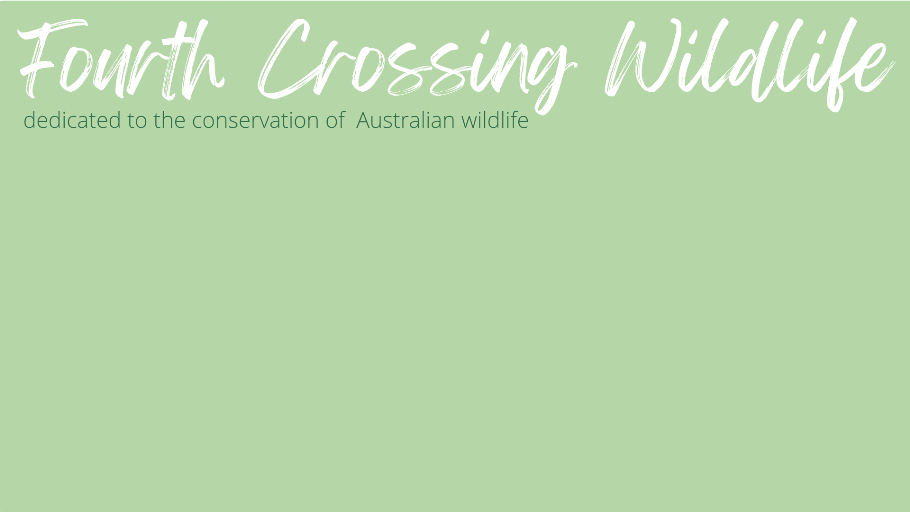Wildlife Resources

Habitat
Wet Sclerophyll Forest
Wet sclerophyll Forests have an open canopy of tall eucalypts such as the Rose Gum and Turpentine. The understory is multi-layered and is composed of shrubs, vines, herbs and ferns which are classed as soft leaved plants. This type of habitat supports animals like the Eastern Yellow Robin, Long-Nosed Bandicoot, Little Red Flying-Fox, Yellow-Footed Antechinus and the Greater Glider.
Dry Sclerophyll Forest
Dry sclerophyll forests have an open canopy dominated by short to medium height eucalyptus such as the Spotted Gum. These types of forest are typically found in rough terrain with low nutrient soils. The understory comprises of hard leaved plants including Banksias and Waratahs. This type of habitat supports animals like the Bare-nosed Wombat, Australian Magpie, Laughing Kookaburra, the Brushtail Possum and the Shingle-Back Lizard.
Rainforests
Rainforests have a dense, closed canopy of non-eucalypt trees. The trees found in this type of habitat have soft, horizontally held leaves. Most rainforests have an understory of vines (like the Strangle Fig), ferns and orchids, some perching from tree trunks. This type of habitat supports animals like the Regent Bowerbird, Scrub Turkey, Red-Legged Pademelon and the Eastern Water Dragon.
Grassy Woodland
Grassy woodlands are areas dominated by widely spaced eucalypts such as the Red Gum, Manna Gum, Yellow Box, Silver Banksia and native pines. The understory is dominated by a diverse cover of grassess and flora, including orchids, forbs and lillies. This type of habitat supports animals like the Koala, Regent Honeyeater, Superb Parrot, Swamp Wallaby, Sugar Glider and Echidna.
Grasslands
Grasslands are areas dominated by large perennial tussock grasses with other native grassess such as Kangaroo Grass, Wallaby Grass, and Spear Grass. Herbs, lillies and ground orchids can also be found scattered through the grasses. This type of habitat has few woody plants and are associated with fertile, heavy clay soils on flat land in areas with low rainfall. This type of habitat supports animals like the Australian Bustard, Euro and Striped Legless Lizard.
Healthlands
Heathlands are dominated by shrubs that have hard and typically small leaves. Small trees or mallees can be scattered through the area. Among the heathland shrubs there is a ground cover of sedges, grasses and herbs. This type of habitat supports animals like the Brown Bandicoot, Emu, Gould's Wattled Bat, Spotted-Tailed Quoll and Noisy Scrub Bird.
Alpine Complex
The alpine complex includes heathlands, grasslands and wetlands dominated by small leaved shrubs, herbs and tussock grasses that have adapted to alpine conditions such as seasonal dormancy and snow tolerance. This type of habitat occurs above the treeline at 1830 metres above sea level and supports animals such as the Mountain Pygmy-Possum, Corroborree Frog, Dusky Antechinus, and the Bush Rat.
Freshwater Wetlands
Freshwater wetlands are treeless types of vegetation that are either permanently or temporarily flooded with fresh water. These wetlands include a range of plants including shrubs, sedges, grasses and herbs. This type of habitat supports animals like the Bell Frog, Carpet Snakes, Magpie Goose, Purple Swamphen and Brolga.
Forested Wetlands
Forested wetlands are mostly low altitude, fertile soiled areas where major rivers and streams flow which often become flooded. Water levels vary by tens of metres to major floods of hundreds of square kilometres. This type of habitat is dominated by eucalypts, paperbarks, tea-trees and oaks that grow along rivers and on floodplains. The understory includes plants such as grassess and sedges, herbs and ferns that are capable of surviving in a flooded environment. This type of habitat supports animals like the Long-Necked Turtle, Maned Duck, Brush Cuckoo, Brown Tree Frog, Water Skink, Water Rat and Platypus.
Semi-Arid Woodlands
Semi-arid woodlands are areas with an average rainfall of less than 500mm per year, but more than 250mm. The canopy consists of of widely spaced trees including wattles, cypress pines and box eucalypts. The understory includes a variety of drought-resistant shrubs, grasses and herbs. This type of habitat supports animals like the Malleefowl, Bridled Nailtail Wallaby, Pied Honeyeaters, Glossy Black Cockatoo, Koala, Brush-tailed Phascogale.
Saline Wetlands
Saline wetlands are areas that are either temporarily or permanently covered in salty water. These types of wetlands vary from closed forests (mangroves) to submerged grasslands (seagrass meadows). Few plant species tolerate salty water, some that have adapted to these conditions include the Grey Mangrove, Spider Mangrove, Eel Grass, Sea Celery and Salt Bush. This type of habitat supports animals like the Yabbie, Gudgeon fish and Rainbow Fish, Pelicans, Cormorants, Green Tree Frog, Water Rat and Swamp Rat.
Arid Shrublands
Arid shrublands are dominated by small shrubs and trees such as the Acacia, Curly Mallee and Silver Honeysuckle. This type of habitat supports animals like the Knob-Tailed Gecko, Thorny Devil, Corella, Bilby, Perentie (one of the world's largest lizards), Marsupial Mole, Rufous Hare-Wallaby and the Budgerigar.
This habitat page was inspired by the beautiful Native Vegetation Calendar which was distributed to NSW Conservation Partners by the Foundation for National Parks and Wildlife.
For more information on FNPW
For more information on FNPW
visit www.fnpw.org.au


